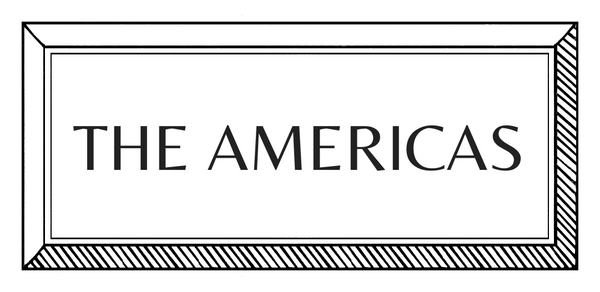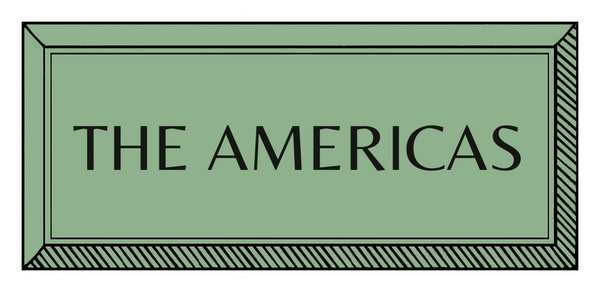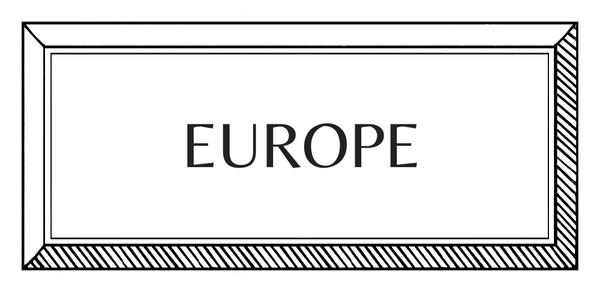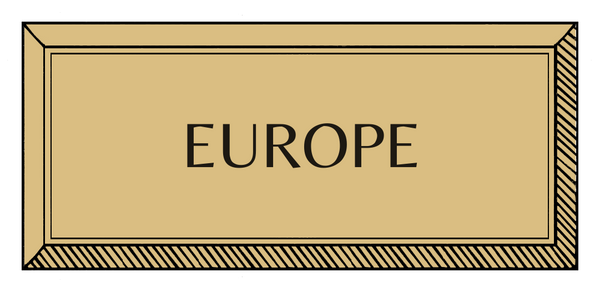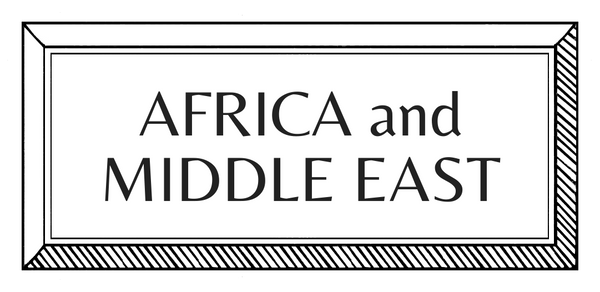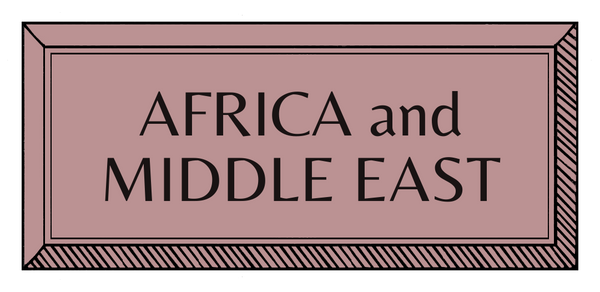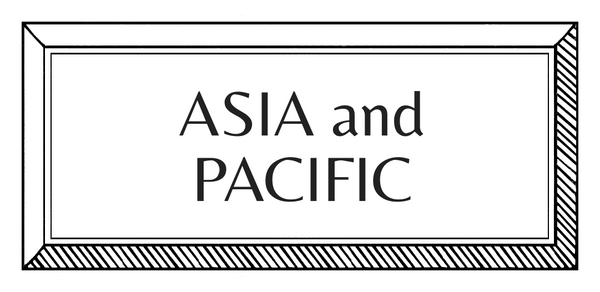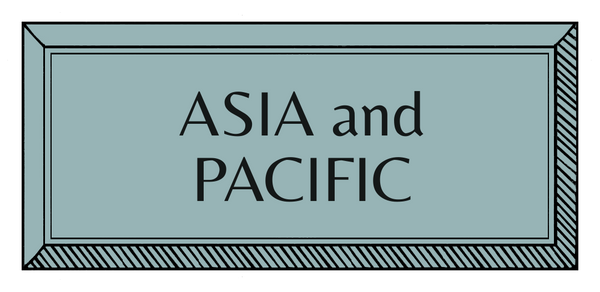MAKERS | AMERICAS | USA | CERAMICS
Frances Palmer | Ceramicist

Self-taught ceramicist Frances Palmer has been making pottery for almost 40 years, inspired by ancient shapes and vessels, and the work of the Bloomsbury Group, and master studio potters including Lucie Rie and George Ohr. Her carefully crafted creations are objects of beautiful simplicity - but they are designed, first and foremost, for functional, everyday use.
How did you begin?
I have made work with my hands since I was a child. My mother taught me to knit, sew, cook, and draw at an early age. I planned to study printmaking at university, but changed direction and received undergraduate and masters degrees in Art History instead. I draw on my art history education every day. My first job after graduate school was at the exhibition space PS1 in New York City. I segued from arts administration to starting my own knitwear design company. It wasn’t until my husband and I moved with our infant daughter from New York to Connecticut that I began my ceramics practice.
How did you learn?
I am a self-taught ceramist and have been making pottery for almost 40 years. Shortly after moving to Connecticut in 1986, I signed up to learn throwing basics at a local art guild and then soon after, set up my own studio at our home. I was inspired to make ceramics from reading about the Bloomsbury artists Vanessa Bell, Duncan Grant, and Roger Fry. Together they founded the Omega Workshop in London in 1913, which was an artist collaborative that designed furniture, fabrics, and household accessories.
I loved the idea of creating a handmade domestic environment and wanted to do the same for our new home in Weston. I began using white earthenware as a canvas to paint on, in homage to the Bloomsbury artists, and then went on to experiment with different clay bodies. In addition to the white earthenware, I work with translucent porcelain, terracotta and wood fired stoneware.

How do you plan, prepare and create your works?
When I am home, I am in the studio every day. I work best with consistency and a schedule. Depending on which clay body I use, I sketch out the form and determine how much clay will be needed to design the piece. I have numerous notebooks with calculations for both clay and glazes from all my years of working. I make each pot from start to finish and every pot is considered individually, no matter the size. The glazes that I formulate and the firing programs are determined by the clay body employed, as each one has different production requirements. I have electric, gas, and wood kilns and the different firing environments create the varied results in the finished pieces.
Who or what most inspires your work?
I read about, and visit, art exhibitions continually, and travel frequently. Even a day trip away from the studio will refresh my ideas. My ceramics, gardens and photography practices are completely intertwined. I visit as many gardens as possible and am always thinking about what flowers to grow in my own gardens. I am drawn to ancient ceramics, such as Etruscan and Cycladic, and also admire 20th Century potters such as Lucie Rie, George Ohr, and Walter Mackenzie. I study photography and recently have been experimenting with the platinum palladium technique devised in 1874 for an upcoming exhibition.
Are there any themes running through your work?
I suppose the theme is functionality. I design pieces for everyday use, with the intention that they will bring joy to the user—vases that work with flowers effortlessly, for example, or platters and bowls that elevate the experience of serving or displaying any number of things. I think about classical shapes that have elegance and balance and adore making pedestals. I explore ideas about my process in the two books I have written, Life in the Studio (2020) and Life with Flowers (2025) both from Artisan Books.
What does a typical day look like?
I am a very early riser and the morning is my favorite time. Typically, I’m up around 4:30am, excited to start each new day and get out into the studio or garden. I have coffee with my husband and then do some sort of exercise, either a walk or an online barre class. The exercise clears my head and prepares me for the day’s schedule. Then, I head to the studio and work usually until 6pm, with a break for lunch and if possible, a 20-minute nap. During the growing seasons I alternate with sessions in the garden and at the wheel. Now with the platinum palladium photography, I set up a darkroom in the basement of my barn and make space for producing these as well. I feel fortunate to have such a beautiful workspace as I look out the window at the fruit trees and flowers.

One more thing.. A place or space that inspires you, anywhere in the world?
I have been to Kyoto, Japan several times and still would go back in an instant. The aesthetics of ceramics and gardens there is heavenly. I also am inspired by Vanessa Bell and Duncan Grant’s Charleston Farmhouse in Sussex, England, where they moved in 1916. Closer to home, the Metropolitan Museum of Art contains a whole universe; I never cease to find new art to study there.
An object you’ll never part with?
A dear friend gave me a George Ohr bisque terracotta vessel made around 1898-1910 and I treasure it immeasurably. Ohr was a master thrower who lived in Biloxi, Mississippi and dug red earthenware clay out of a nearby river.The walls of my pot are paper thin. When I hold it, I feel his hands and heart.
Interview and Images by Mason Lane













